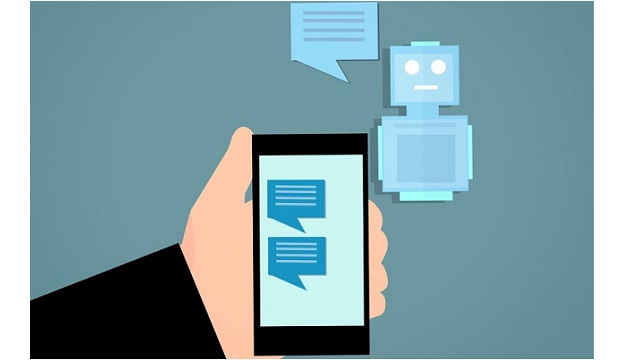The use of virtual assistants (VAs) in the workplace is growing. By 2021, Gartner, Inc. predicts that 25 per cent of digital workers will use a virtual employee assistant (VEA) on a daily basis. This will be up from less than 2 per cent in 2019.
The contact centre was the pilot and testing ground for many adopters of VAs, but with the democratisation of artificial intelligence (AI) and the development of accurate and clever conversational UIs, different types of VA have arisen: virtual personal assistants (VPAs), virtual customer assistants (VCAs) and VEAs.
“We expect VEAs to be used by an increasing number of organisations over the next three years,” said Annette Jump, senior director at Gartner. “Industries such as insurance and financial services are showing strong interest in piloting VEAs internally. We’ve also witnessed VAs being used in IT, customer service and information queries.”
Examples include Amazon’s Alexa for Business helping employees delegate tasks such as scheduling meetings and logistics operations, and Nokia’s MIKA helping engineers find answers as they perform complex tasks or diagnose problems. “Ultimately, VAs used in the workplace and VEAs will increase employee productivity and foster constructive engagement,” added Ms Jump.
The market for conversational platforms, VAs and chatbots, includes more than 1,000 vendors worldwide. However, over the next couple of years, a race to provide new capabilities will result in the vendor landscape changing drastically. “IT leaders looking to implement a conversation platform should determine the capabilities they need from such a platform in the short term, and select a vendor on that basis,” said Ms Jump.
Voice Interfaces Built for Business Will Multiply
Gartner predicts that, by 2023, 25 per cent of employee interactions with applications will be via voice, up from under 3 per cent in 2019. Although most chatbots and VAs are still text-based, AI-enabled speech-to-text and text-to-speech hosted services are improving rapidly. As a result, deployment of voice-based solutions will grow.
“We believe that the popularity of connected speakers in the home, such as the Amazon Echo, Apple HomePod and Google Home, will increase pressure on businesses to enable similar devices in the workplace,” said Van Baker, Vice President at Gartner. “While there are limitations on the actions that VPAs can perform, employees will readily expand the actions allowed as capabilities improve.”
Gartner predicts that consumer and business spending on VPA speakers will top $3.5 billion in 2021.
In the healthcare sector, remote diagnostics and elder-care applications will be enabled by VPA speakers. Some are already being piloted. “Voice technology is also already being used by physicians to document patient data within electronic health records,” added Mr Baker. “Voice recognition technology can also be used to place orders for tests and medications, which will save time. Undoubtedly, other companies will bring voice interactions with applications into the clinical setting, so that speech capabilities will rapidly become standard within most healthcare applications.”








